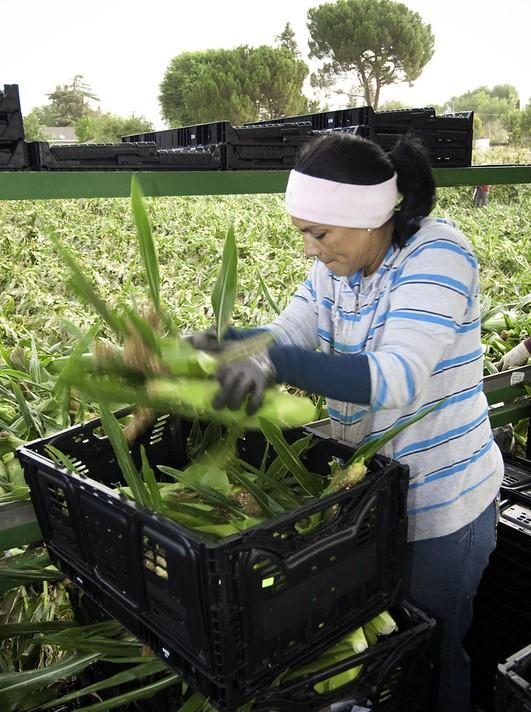Instead of a summer lull in novel coronavirus cases, the pandemic quadrupled in case counts and almost doubled in fatalities between the Memorial Day and Labor Day holidays in the United States. According to the Washington Post, the summer of 2020 saw the US fatality count go from just under 100,000 to 186,000.
Per the Johns Hopkins University COVID-19 tracker, there were 24,257 new COVID-19 cases yesterday and 267 deaths, bringing the national total to 6,314,282 cases and 189,400 deaths.
By summer's end, New York, once the epicenter of the US outbreak, had an infection rate that had remained below 1% for 30 straight days, while North Dakota, South Dakota, Iowa, and Missouri had the most cases per 100,000 people, according to the New York Times.
"Thanks to the hard work of New Yorkers, our state has now gone a full month with our COVID infection rate remaining below one percent," New York Governor Andrew Cuomo said yesterday in a press release. "Our numbers have continued to remain stable even as we reach new milestones in our phased, data-driven reopening. As we close out this Labor Day Weekend, I urge everyone to remain smart so we can continue to celebrate our progress in the weeks and months ahead."
The cases in the upper Midwest are partly linked to the 10-day Sturgis Motorcycle Rally, held at the beginning of August in South Dakota. According to a new paper based on cell phone data, the rally could be responsible for 250,000 of the new COVID-19 cases seen in the past month.
One of the authors of the paper said the 250,000 cases represent 19% of new cases seen in the United States between Aug 2 and Sep 2. The Sturgis rally was attended by 500,000 people in total, most of whom did not wear masks. The town of Sturgis also did not enforce any social distancing mandates.
School starts across US, mostly virtually
The day after Labor Day marks the start of school for the majority of US students in grades kindergarten through 12th, and many across the country, including in cities such as Chicago, Houston, and Washington D.C., began the year virtually.
Distance learning is expected by many education experts to widen the gap between children in high-income and low-income families, who may have differences in access to the internet and at-home caregivers. The Dallas Morning News published analysis over the weekend that showed more than 100,000 students in North Texas never completed assignments for distance learning when the model was adopted last spring, and almost 20,000 lost all contact with teachers.
And as some schools in the South and Midwest begin or remain in in-person or hybrid models, parents are finding it difficult to get their children tested for the virus. Public testing sites across the country often do not offer tests for children under 6, 13, or 18, and many pediatrician's offices do not offer testing.
Senate to consider relief package
Senate Majority Leader Mitch McConnell (R-Ky) announced today he and other lawmakers would return to Washington this week to vote on a proposed $500 billion relief package during an abbreviated pre-election session. Senate Democrats are expected to reject the bill, and demand more aid.
McConnell's bill does not include $1,200 direct payments to US families, but does include $258 billion for another round of paycheck protection programs subsidies for businesses affected by the pandemic. The bill also includes a $300-per-week supplemental jobless benefit, and $105 billion to help schools reopen, the Associated Press said.
Vaccine pledge; hard-hit farmworkers
- Nine major American and European drug makers signed a pledge today promising to "uphold the integrity of the scientific process as they work towards potential global regulatory filings and approvals of the first COVID-19 vaccines." The pledge, signed by Merck, AstraZeneca, Johnson & Johnson, and others, comes as many worry an expedited COVID-19 vaccine is being used as a political tool.
- A new Politico analysis shows COVID-19 rates are highest in US agricultural counties, as the virus is hitting the country's 2.5 million farmworkers—many undocumented immigrants—hard. Six of California's seven counties with the highest COVID-19 infection rates are in the state's Central Valley, which grows a significant proportion of the nation's fruits and vegetables.





















